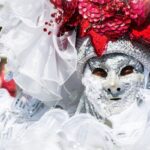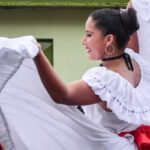We explain what folklore is, its characteristics and various examples. Also, what folklore is like in music and literature.
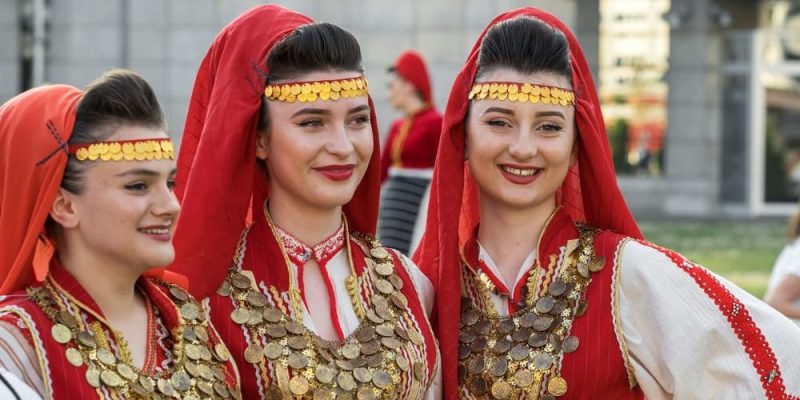
What is folklore?
Folklore, folklore or folklore is the set of practices, knowledge , beliefs and traditions traditional ones that belong to a culture or to a specific population. The discipline that is dedicated to its study is also called folklore.
Folklore elements are considered manifestations such as music, dances, religious festivities, rituals, legends, jokes, word games, crafts, popular stories, gastronomy and all the customs and expressions of the people that are spread orally or through media. of practice.
In this sense, folklore is distinguished from the hierarchically organized knowledge typical of academic knowledge or science, since It includes the ancestral practices that are transmitted from generation to generation and that determine the identity of a region either community. Thus, there may be German, Chinese, Scandinavian or Argentine folklore, for example, as well as folklore from a particular geographical area or a specific people.
The term folklore It is of Anglo-Saxon origin and was coined in 1845 by the English writer and antiquarian William J. Thoms (1803-1885). Thoms proposed this word, composed of the voices folk (“people” or “popular”) and lore (“knowledge”, “traditions” or “stories”), to replace the concept of popular antiquities (“popular antiquities”), which was imprecise.
However, before the word existed to designate it, the notion of folklore was already used in the 19th century, since the nationalist intellectual and cultural movements that emerged in the light of Romanticism had generated regionalist feelings in Europe and a great interest in collecting and study traditions and popular stories, which contrasted with the rationalist and cosmopolitan world of the Enlightenment. This is how, for example, the great compilations of traditional stories by the Brothers Grimm or the Nordic sagas of Viking gods and heroes emerged.
At the beginning of the 20th century, the term folklore It gained much prestige and academic interest in Europe and the United States, and from there it spread to the rest of the world, with the use it has today.
World Folklore Day. Since 1960, World Folklore Day has been celebrated every August 22 to celebrate the diversity and cultural wealth of people. This celebration was established by UNESCO, the international institution dedicated to the promotion and preservation of the cultural legacy of humanity, of which folklore is a central part.
See also: Folk dances
Features of folklore
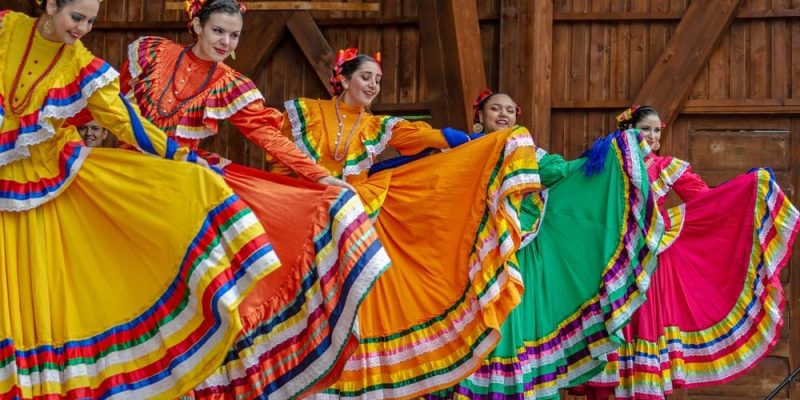
In general terms, folklore is characterized by the following:
- It is collective in nature. Folkloric expressions are the product of a shared creation between the members of a community over time. It is a common cultural heritage that builds social ties.
- It is popular knowledge It covers a set of practices, knowledge and beliefs that belong to a specific human group and are transmitted from generation to generation orally or by example, that is, outside academic institutions.
- Reflects the cultural identity of the towns. The set of expressions that make up the folklore of a given society offers a common identity framework to the individuals who belong to it, unifies them through its symbols and transmits its values.
- Its manifestations vary from place to place. The traditions and expressions that comprise folklore of a community is unique, as it reflects its particular cultural and historical tradition. Thus, for example, the folklore of a region may include gastronomic traditions and not religious ones, and in other cases the opposite may happen.
Stages of folklore
Four stages of folklore are commonly distinguished:
- Nascent folklore. It refers to folklore whose manifestations are recently created and are in the process of consolidation and adoption by a community. An example of nascent folklore is Andean tropical cumbia, better known as Peruvian chicha, which has been growing in recent decades and combines elements of traditional Andean music with cumbia and rock.
- Living folklore. It refers to traditions that are actively practiced in the daily life of a community and are part of its usual customs and identity. Examples of living folklore are tango in Argentina or the patron saint festivals in Mexico.
- Dying folklore. It includes traditions that are about to disappear, that is, they are practiced very sporadically by small groups or by the oldest members of a community. They are usually customs that are abandoned because they no longer conform to new social values or because they are replaced by new practices. An example of dying folklore is the oral transmission of stories in the original communities of America.
- dead folklore. It refers to traditions that have permanently ceased to be practiced or that belonged to extinct cultures, so that they remain only in collective memory or historical records. An example of dead folklore are the ritual sacrifices practiced in pre-Columbian Mesoamerican regions.
Literary folklore
literary folklore It includes folklore manifestations that use the word as a means of transmission. This includes stories, proverbs, riddles, songs and popular poems. For example, the recitation of rhymed couplets with traditional stories in countries such as Argentina, Mexico, Colombia or Venezuela.
Other significant examples of literary folklore are legends, which are considered real events and are transmitted orally from generation to generation, with exaggerations or fantastic additions. They can serve as an explanation of historical events or natural phenomena. One of the most popular legends in Latin America is that of the hornero, a bird that builds its nest with mud and usually establishes it on the facades of houses. Legend says that people who have an ovenbird nest in their home will be blessed by harmony and good fortune.
Folk literature. literary folklore It should not be confused with folk literature, which is a genre that uses traditions and popular cultural life as a source to create literary works by individual authors. For example, a novel inspired by the local traditions of a town, a community or a country.
Folk music
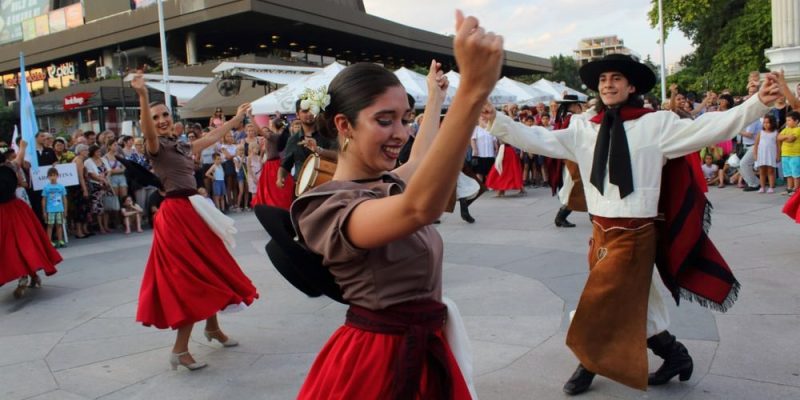
Folk music, also called popular music, It is a musical genre that is characterized by its marked historical, community, ethnic or traditional character and which is therefore associated with a specific culture or population as a manifestation of its identity.
This type of music usually involves traditional instruments, popular rhythms and even lyrics in dialect local and is transmitted from generation to generation, usually orally. Examples of popular music are Andalusian flamenco, Rio samba, Buenos Aires tango and Mexican corrido.
Examples of national folklore
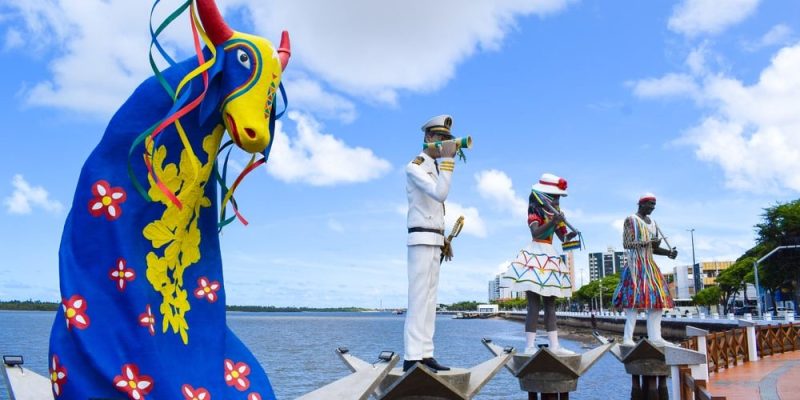
Some examples of national folklore are Mexican, Brazilian and Argentine folklore, among many others.
Mexican folklore
Mexican folklore encompasses a diverse set of traditions and imaginaries, the result of the intense hybridization of colonial Spanish culture with the original Mesoamerican peoples. This confluence gave rise to a mestizo culture, in which Christianity and Catholic holidays have a presence as important as ancestral traditions, as is the case in the case of the famous Day of the Dead.
The mixture is also evident in linguistic traditions and in word games such as albures, in which the trace of the coexistence of Spanish with local indigenous languages can be seen. Another good example is Talavera Puebla, a type of ceramic from Spain that acquired its own uniqueness in Mexico and is distinguished by its bright colors in classic European-type designs.
Brazilian folklore
Brazilian folklore reflects the heritage of Portuguese, African and native cultures, which gives rise to a very diverse melting pot of traditions with particularities in each region of the country. Thus, for example, in the folklore of the Amazon region the contact with the indigenous legacy is more verified, while that of the coastal region reflects the link with the African culture brought to America by the colonial slaves.
In fact, numerous legends still survive in Brazil (such as the mermaid Iara, Curupira, the snake Boitatá, among others) and African religious practices (such as umbanda), which coexist with the dominant Portuguese culture, with Catholic roots.
Another traditional aspect in which the African heritage is evident is in the music, strongly marked by the presence of drums, as happens in samba. However, there are regions in which the typical dance tends more towards heels and clapping, elements typical of the dances of the Iberian region.
Argentine folklore
Argentina is a large country with great folkloric diversity. Although its predominantly Hispanic and Andean cultural heritage is usually highlighted, with traditional instruments such as the charango, the truth is that it also has strong African influences and many cultures originating from the region.
The presence of the Quechua legacy can be seen in typical instruments such as the quena (a type of vertical flute). In turn, the syncretism between this culture and the Spanish heritage is displayed in carnivals. On days of celebration, the Andean plateau becomes the scene of traditional processions and troupes with devil costumes and typical music, such as carnivalito.
In the Río de la Plata region, folklore has received the heritage of Italian migration, especially in the city of Buenos Aires. There, tango and bandoneon predominate among the traditional elements and the speech is strongly marked by words of Italian origin.
References
- Cortazar, AR (1954). What is folklore? Statement and response with special reference to what is Argentine and American. Lajouane.
- Sims, M., & Stephens, M. (2005). Living Folklore. An Introduction to the Study of People and Their Traditions. Utah State University Press.
- The Editors of Encyclopaedia Britannica. (2024). Folklore. Encyclopedia Britannica. https://www.britannica.com/



